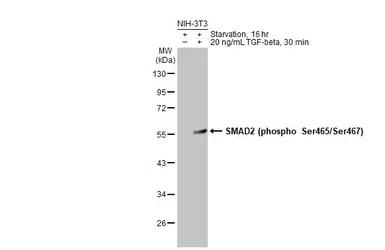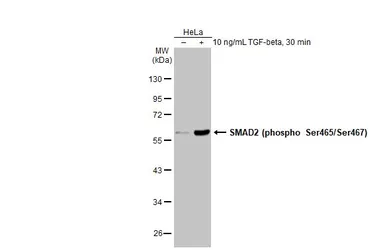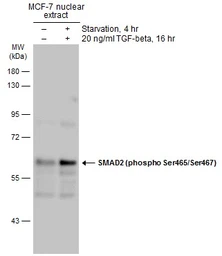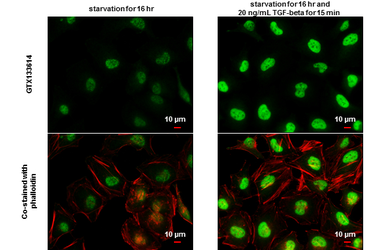SMAD2 (phospho Ser465/Ser467) antibody
Cat. No. GTX133614
Cat. No. GTX133614
-
HostRabbit
-
ClonalityPolyclonal
-
IsotypeIgG
-
ApplicationsWB ICC/IF FCM
-
ReactivityHuman, Mouse




